Home » Hunting Dogs » Mountain Feist, Treeing Feist – A Look at Squirrel Hunting Dogs
Mountain Feist, Treeing Feist – A Look at Squirrel Hunting Dogs
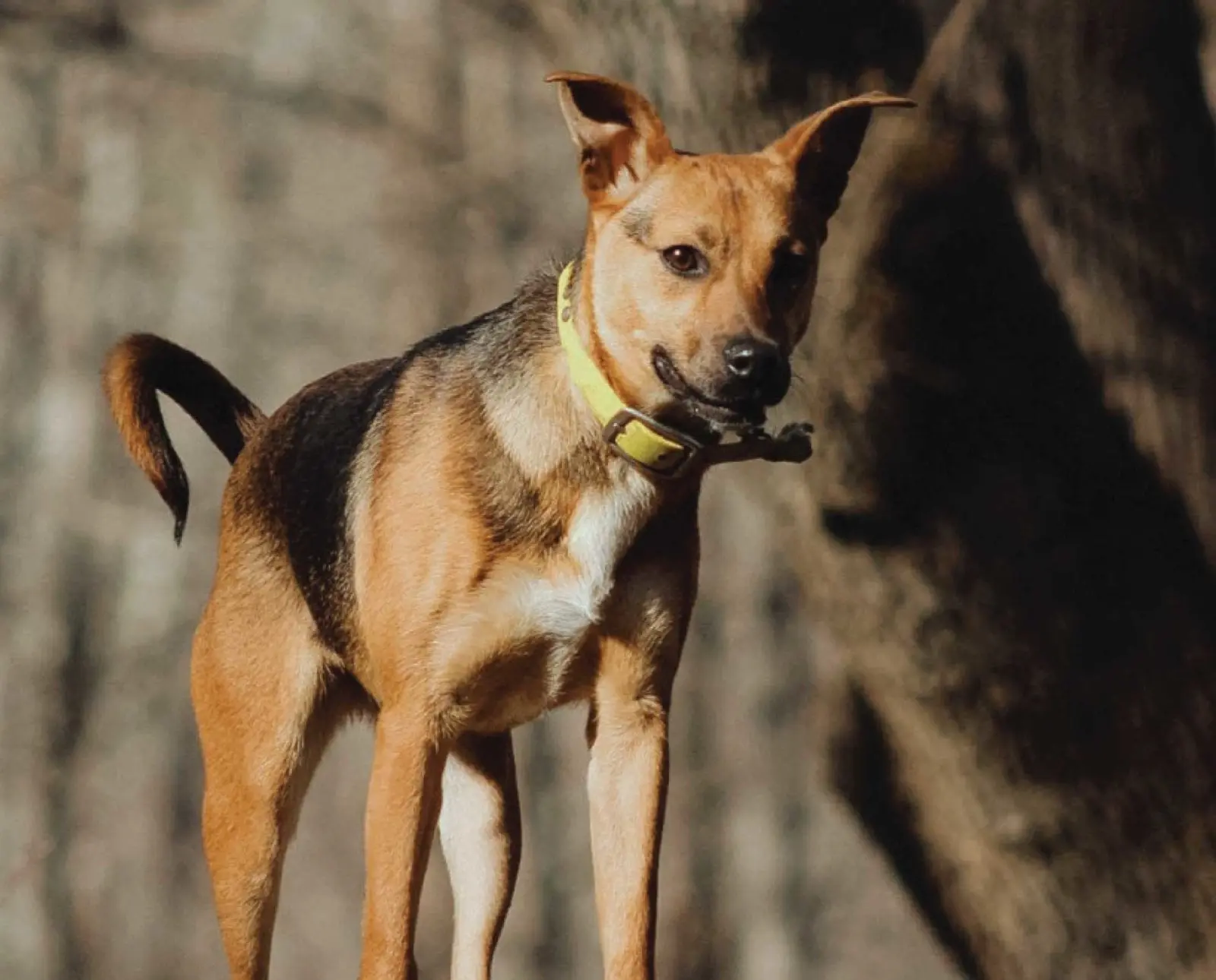
Marc Gray has been hunting squirrels for nearly 30 years…
Take a dive into the history and world of the Mountain Feist and squirrel hunting dogs in America
Over the last 20 years, a small dog has grown in popularity despite being around in one form or another for centuries. Feist is an umbrella term to describe a smooth-coated canine, under 30 pounds, used for squirrel hunting. The term encompasses breeds and dogs of mixed or unknown origins but perform the job. Changes in land use patterns, an aging hunter population and the adaptability of the dogs have all contributed to an exponential resurgence in their numbers. Increasingly, there are subtle developments happening as feist are tailored to fit the needs of a new generation of owners. Whatever type of dog you prefer, my hope is that this article will serve as a reminder and a celebration into the resurgence of a hunting dog that could have been forgotten.
Many dozens of dog breeds were developed in Victorian times and the process is largely lost. Just as Coonhound breeds radiated from common Foxhound ancestors and Fox Ferriers split into predominantly white-coated variants of working Terriers such as the officially-recognized Fox terrier, Jack Russell Terrier, Parson Russell Terrier and Russell Terrier; we are at a crossroads. With the main feist-type dogs that are the focus of my book (The Mountain Feist—available by contacting me at graysfeist@gmail.com or social media), we are watching in real time and there is potential for the dogs to be drastically different, for better or for worse, in another 20 years.
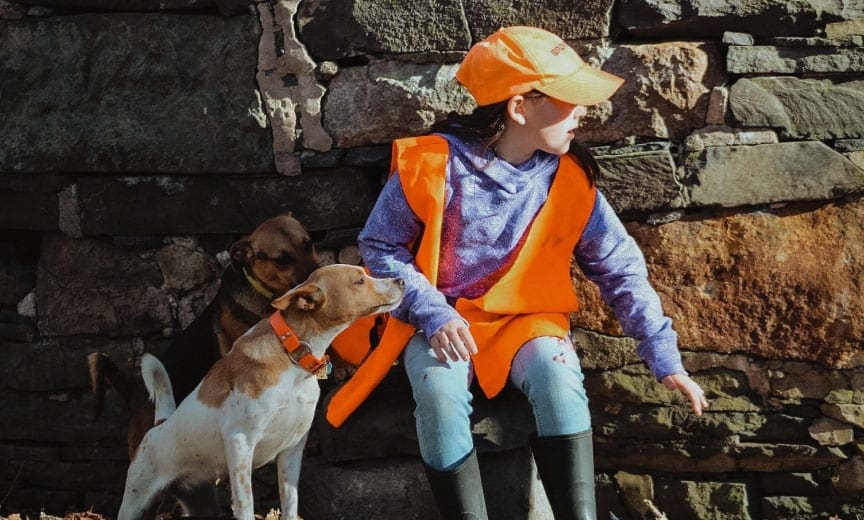
Yes, “feist” is like “deer”—the term is both singular and plural, never “feists.” The origin of the variant from Appalachia, the mountain feist, is somewhat convoluted. No one knows for sure how the various sections of the country developed their own distinct lines that are now being crossed widely given advances in communications and transportation. Geographic isolation and personal preference of the owner must have influenced the development of the mountain feist.
What is known is that the breed became greatly reduced in numbers as rural people abandoned farmsteads to take jobs in towns and larger cities. The mountain feist is an artifact of the pioneer age that serves as a direct link to a time when many Americans lived off the land. “Mountain” was added in front of the catch-all term “feist” to distinguish the dogs originating from the Southern Highlands from those which may have been arisen elsewhere, such as the Low Country or Deep South by a high degree of outcrossing to other breeds like English Pointers and hounds.
Depending on where you are and who you talk to, these dogs are referred to as “treeing feist” commonly. In some areas, the terms are interchangeable, much to the chagrin of mountain breeders. One way to think of it is a treeing feist can be a first-generation cross of two other recognized breeds or a mixed breed dog that fits a physical standard and used for hunting. So, a treeing feist could be a cross between a Beagle and a Jack Russell or a mountain feist and a Rat Terrier or a stock of dogs resulting from breeding for generations to other registered treeing feist.
How we ended up with these quirky little dogs doesn’t really matter in the end. We are fortunate to have them to enjoy today as a link to our own shadowy past as a nation. Most of these dogs are kept for hunting and excel as squirrel hunting dogs which bark treed to keep a Gray squirrel in an area until the hunter arrives, similar to a Coonhound treeing a coon. In addition to bushytails, this original versatile hunting dog of America can be used to flush game birds, jump rabbits, tree coons, recover shot deer, bay feral hogs and more.
More people need to be introduced to hunting squirrels. The practice represents a wholly different level of appreciation of the animal, connection to the land and celebration of our collective past. Game meat is healthy and there is great satisfaction gained from hunting your own food. Small game hunting is easier to get into compared to big game because access is often more forthcoming, especially after deer season has closed. Packing your kill out of the woods is much less of a chore and regulations are less daunting to interpret for new hunters. A long season means plenty of opportunities to get out and states even have dog training seasons if you use my preferred method—a squirrel dog.
The meat is naturally flavorful and lends itself well to endless combinations in dishes. Squirrel can be substituted for any recipe that calls for chicken, rabbit, or even pork. You will hear people ask about there being enough meat on a squirrel to be worth eating, yet they relish small chicken wings or bony trout. It’s all what you’re accustomed to. A few squirrels with side dishes will feed more people than you might expect and classics like squirrel cacciatore can change peoples opinions forever. Fox squirrels can be up to three pounds depending on the subspecies. While breading and frying squirrel has a strong traditional following, deboning will open new horizons of stews, casseroles, loafs, meat pies, tacos stir fry, calzones and pizza. Wonderful things can be accomplished with marinades and a crock pot or pressure cooker for older individuals found in the late season.
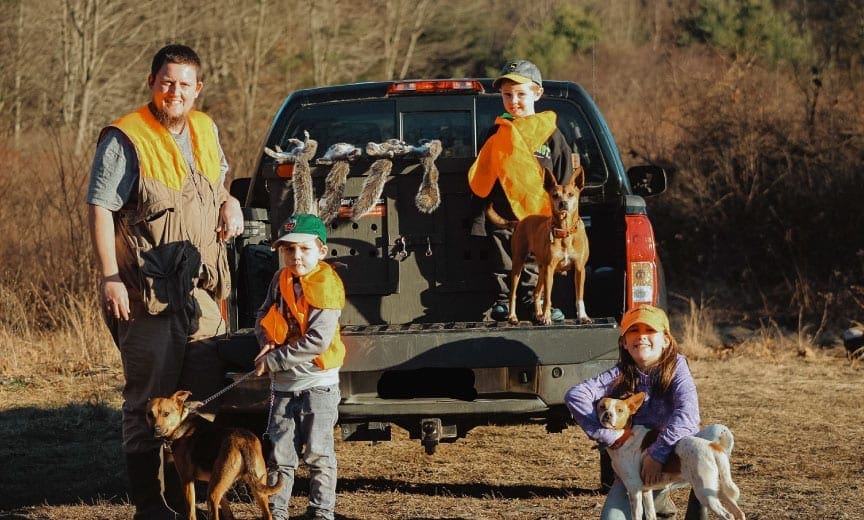
Hunting squirrels with our dog breed of choice, mountain feist, is a great way to recruit new hunters of all ages and backgrounds. Many hunters are converting from big game, to rabbits, Foxhounds, Coonhounds and bird dog breeds. And others are coming to squirrel dogs for their first foray into the world of hunting dogs. It’s a low barrier of entry to take children hunting, who often enjoy the action of watching a dog work and learn life lessons on squirrel hunts. It’s great exercise and gives us time to unplug and be outside engaging in nature as a participant. Competing with the trappings of modern life is a challenge with children, but while hunting with squirrel dogs they can talk, throw sticks, kick leaves and otherwise move to keep their attention rather than sitting still in a cold tree stand.
A truly American breed being used for a traditional job has a lot of appeal and resonates with a public longing to rediscover their roots. The local food and culture movements can be an ally in promoting preservation of these dogs by showing people the importance they played in the survival of our colonial ancestors. Feist dogs need to reclaim their position as the general-purpose homestead dog while simultaneously maintaining their hunting abilities that saved them from obscurity.
“There is value in any experience that reminds us of our distinctive national origins and evolution, i.e., that stimulates awareness of history . . . there is value in any experience that reminds us of our dependency on the soil-plant-animal-man food chain, and of the fundamental organization of the biota.”
-Aldo Leopold, A Sand County Almanac
Even in the technologically-advanced world with its myriad distractions, we still crave our roots. People should use the luxury of technology to enhance our experience of the past, not move us further away from it. Why can’t an off-grid farm have internet? Do you think our ancestors would have shunned much that would have improved their lives when given the chance? You can walk the line between times.
So, when someone asserts that you do not need to hunt today, remind them that you do—and so does your dog. Ask them to join you on your next adventure.
Marc Gray has been hunting squirrels for nearly 30 years with his Dad and other members of the the Gray family. He grew up in Central Virginia and has family in North Central Missouri where he also hunts regularly. His nationally-known line of squirrel dog founded in 2005, Gray’s Mountain Feist, is in its seventh generation and has hunters in more than 20 states enjoying the strain. Since 2913, he and wife, Jess, have produced two dvd videos showcasing their dogs hunting across the country. Gray is a 2006 graduate of Unity College in Maine with a Bachelor’s in Wildlife Conservation. In 2009, he completed his Master’s in Wildlife Science at South Dakota State University. Marc works internationally on advancing conservation of natural resources, notably pollinators, most recently. @GrayFeist on Twitter & Gray’s Mountain Feist https://www.facebook.com/grayfeist/

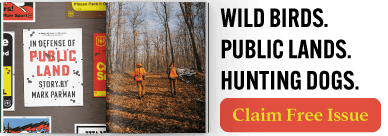

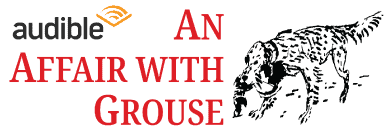
Fabulously interesting. I had never heard of the type of dog until now. I was looking at a video on dogs rescued by the National Mill dog rescue and saw two dogs whose breed was a Feist. I have spent much of my time since I was a child learning about dogs and thought myself pretty knowledgeable, But I was stumped!
It so makes sense ñow! Of course way back in pioneering times squirrel would be hunted. Available all year long and a dog would help! They sound a bit like the Lurcher dog. A useful type of mixed breed dog.Thanks for your article and for your keeping a breed line!
I just lost my Feist/Beagle mix. Absolutely the sweetest dog I ever had the joy to share my life with. They may not be ranked as smart as a Border Collie, but she was darn smart and happy just to hang out. Didn’t need to keep her entertained. When the time comes, only one type of dog I’ll accept now, Fiest/American Squirrel Dog/Cur.
I had never heard of the breed and 10 years ago, when my husband brought up wanting one, the only picture I saw in the internet was a German shepherd head on a squirrel. We now have had 5 Treeing Feist (we understand that treeing Feist have floppy ears and mountain feist have pointed ears) and we began breeding them after our friend, that we got the first dog from, passed away. They are very smart dogs easy to train, and very loving. They are great house dogs.
Most of the puppies we have sold are house dogs. We have developed our dogs by breading to champions in our region. All of our females have CoolWhip and Dexter blood in them. Our first was bread to Dexter, then her pup was bred to CoolWhip, then her pup was bred to Pissed Off Pig, and then her pup was bred to Pig. We are proud that people want them, we live in North Alabama and have had some one drive down as far north as New York (he drove down for a second dog 2 years after the first) and as far west as Oklahoma, we have alway had a waiting list. They naturally tree squirrel even though they don’t get hunted much because my husband is afraid to lose a dog to snakes.